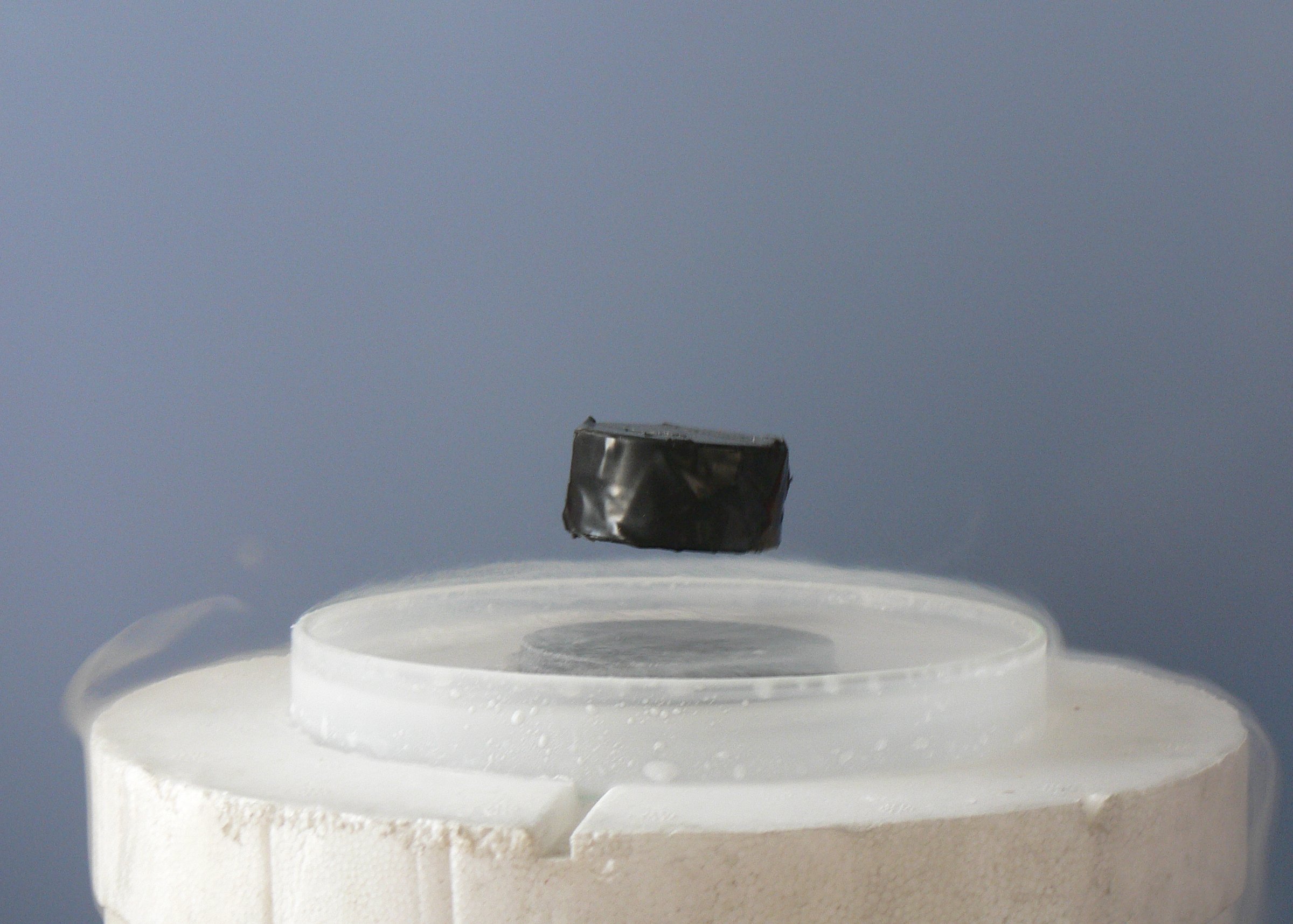
Polycaprolactone‐co‐polylactic acid nanofiber scaffold in combination with 5‐azacytidine and transforming growth factor‐β to induce cardiomyocyte differentiation of adipose‐derived mesenchymal stem cells
Sign Up to like & getrecommendations! Published in 2022 at "Cell Biochemistry and Function"
DOI: 10.1002/cbf.3728
Abstract: Adipose‐derived mesenchymal stem cells (Ad‐MSCs) are promising candidates for cardiac repair/regeneration. The application of copolymer nanoscaffolds has received great attention in tissue engineering to support differentiation and functional tissue organization toward effective tissue regeneration. The… read more here.
Keywords: pcl pla; azacytidine; cardiomyocyte differentiation; adipose derived ... See more keywords

Facile production of biodegradable PCL/PLA in situ nanofibrillar composites with unprecedented compatibility between the blend components
Sign Up to like & getrecommendations! Published in 2018 at "Chemical Engineering Journal"
DOI: 10.1016/j.cej.2018.06.152
Abstract: Abstract Improvement of compatibility in blends of PCL and PLA has attracted the attention of the scientific community due to their complimentary mechanical properties. In this work, in situ nanofibrillation has been proposed as an… read more here.
Keywords: compatibility; compatibility blend; microscopy; pla ... See more keywords

Morphology, Thermo-Mechanical Properties and Biodegradibility of PCL/PLA Blends Reactively Compatibilized by Different Organic Peroxides
Sign Up to like & getrecommendations! Published in 2021 at "Materials"
DOI: 10.3390/ma14154205
Abstract: Reactive blending is a promising approach for the sustainable development of bio-based polymer blends and composites, which currently is gaining more and more attention. In this paper, biodegradable blends based on poly(ε-caprolactone) (PCL) and poly(lactic… read more here.
Keywords: pla blends; pla; pcl pla; mechanical properties ... See more keywords

Poly(ε-Caprolactone)/Poly(Lactic Acid) Blends Compatibilized by Peroxide Initiators: Comparison of Two Strategies
Sign Up to like & getrecommendations! Published in 2020 at "Polymers"
DOI: 10.3390/polym12010228
Abstract: Poly(ε-caprolactone) (PCL) and poly(lactic acid) (PLA) blends were compatibilized by reactive blending and by copolymers formed during reaction in the solution. The reactive blending of PCL/PLA was performed using di-(2-tert-butyl-peroxyisopropyl)benzene (BIB) or dicumyl peroxide (DCP)… read more here.
Keywords: pla; poly caprolactone; pcl pla; poly lactic ... See more keywords